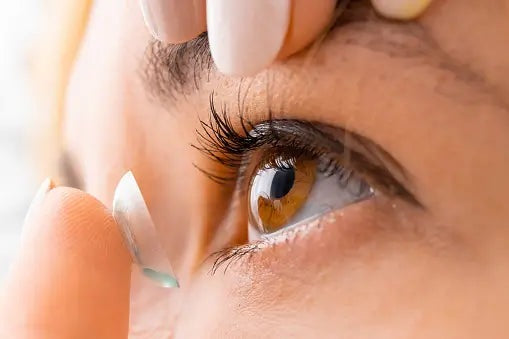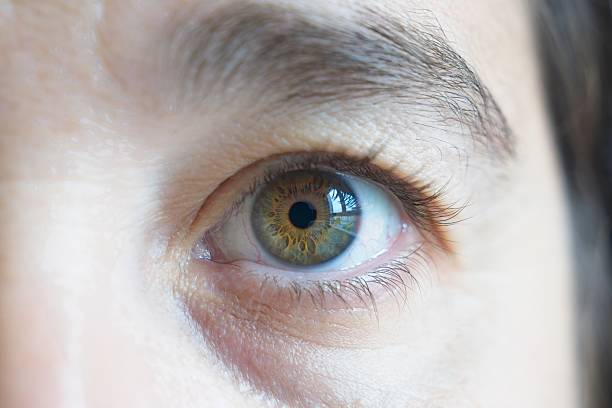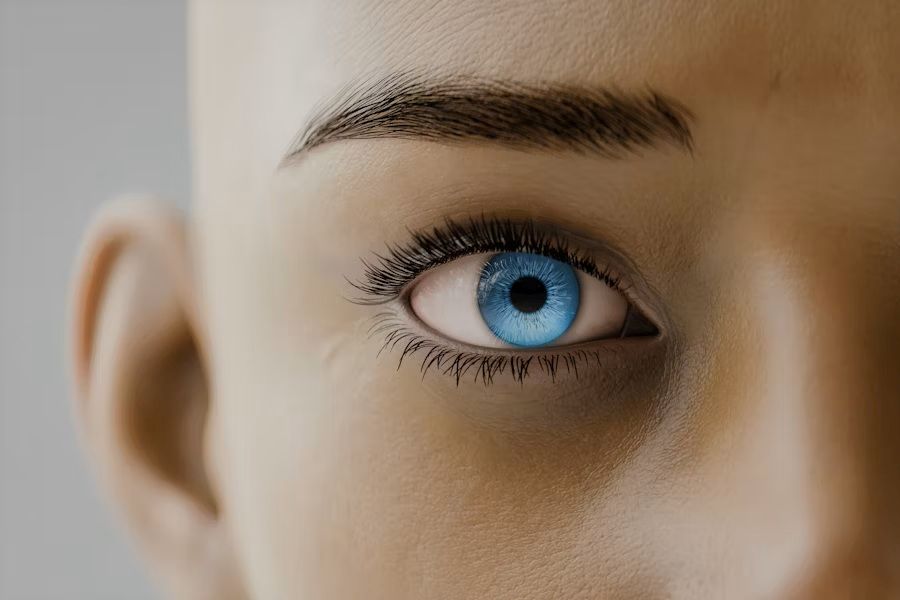Your Cart is Empty
Colored Contact Lenses: Fashion Trend or Health Hazard?

In recent years, colored contact lenses have surged in popularity, offering wearers the ability to dramatically alter their eye appearance with a simple insertion. From subtle enhancements to bold, unnatural hues, these cosmetic lenses have become a go-to accessory for fashion enthusiasts, cosplayers, and those simply looking to change up their look. However, as their use becomes more widespread, eye health professionals are raising alarm bells about the potential risks associated with these seemingly harmless fashion accessories.
The Allure of Colored Contacts
It's easy to see why colored contacts have captured the imagination of so many. They offer:
1. Instant eye color change
2. Enhanced eye appearance for special occasions
3. Costume completion for cosplay and theatrical performances
4. Boost in self-confidence for some wearers
With celebrities and influencers frequently sporting dramatic eye colors on social media, the trend has only gained momentum. But beneath the surface of this fashion phenomenon lies a complex web of health concerns and legal issues that many users may be unaware of.
The Hidden Dangers
While properly prescribed and fitted contact lenses can be safe, many colored lenses are obtained without a prescription or proper fitting, leading to several potential health hazards:
1. Corneal Abrasions: Ill-fitting lenses can scratch the surface of the eye, leading to pain, redness, and potential infection.
2. Decreased Oxygen Flow: Some colored lenses are made from materials that don't allow adequate oxygen to reach the cornea, potentially causing corneal edema.
3. Allergic Reactions: The dyes used in colored lenses may cause allergic reactions in some users.
4. Bacterial Infections: Improper cleaning and storage of lenses can lead to serious eye infections, including potentially sight-threatening conditions like keratitis.
5. Vision Obstruction: The coloring on some lenses can interfere with normal vision, especially in low-light conditions.
6. Long-term Eye Damage: Prolonged use of poorly fitted or low-quality lenses can lead to chronic eye problems.
Dr. Sarah Johnson, a leading ophthalmologist, warns, "We're seeing an alarming increase in eye injuries related to non-prescription colored contacts. Many users don't realize these are medical devices that require proper fitting and care."
The Legal Landscape
In many countries, including the United States, selling contact lenses without a prescription is illegal. However, enforcement can be challenging, especially with online sellers. The FDA classifies all contact lenses as medical devices, requiring a valid prescription for purchase. Despite this, many consumers still obtain colored lenses from beauty stores, flea markets, or unregulated online retailers.
Safe Alternatives and Best Practices
For those still interested in enhancing their eye appearance, there are safer alternatives and best practices to consider:
1. Consult an Eye Care Professional: Always get a proper prescription and fitting from a licensed optometrist or ophthalmologist.
2. Choose Quality Lenses: Opt for FDA-approved lenses from reputable manufacturers.
3. Follow Care Instructions: Adhere strictly to cleaning, storage, and replacement schedules.
4. Limit Wear Time: Avoid wearing colored lenses for extended periods.
5. Watch for Warning Signs: If you experience redness, pain, or vision changes, remove the lenses immediately and seek medical attention.
6. Consider Alternatives: Explore non-invasive options like eye makeup or photo editing for temporary eye color changes.
The Debate Continues
The controversy surrounding colored contact lenses highlights the ongoing tension between fashion trends and health concerns. While proponents argue for personal freedom in aesthetic choices, health professionals emphasize the need for regulation and education.
Dr. Michael Lee, a contact lens specialist, offers a balanced view: "When used correctly, colored contacts can be a fun and safe way to change your look. The key is proper education, professional fitting, and responsible use."
Conclusion
As the debate over colored contact lenses continues, one thing is clear: the decision to use them should not be taken lightly. Potential users must weigh the aesthetic benefits against the possible health risks. By prioritizing eye health, seeking professional guidance, and making informed choices, it's possible to enjoy the visual variety offered by colored lenses without compromising vision safety.
Remember, your eyes are irreplaceable. No fashion trend is worth risking your sight. If you're considering colored contacts, start with a visit to your eye care professional to discuss safe options that work for you.
Leave a comment
Comments will be approved before showing up.




